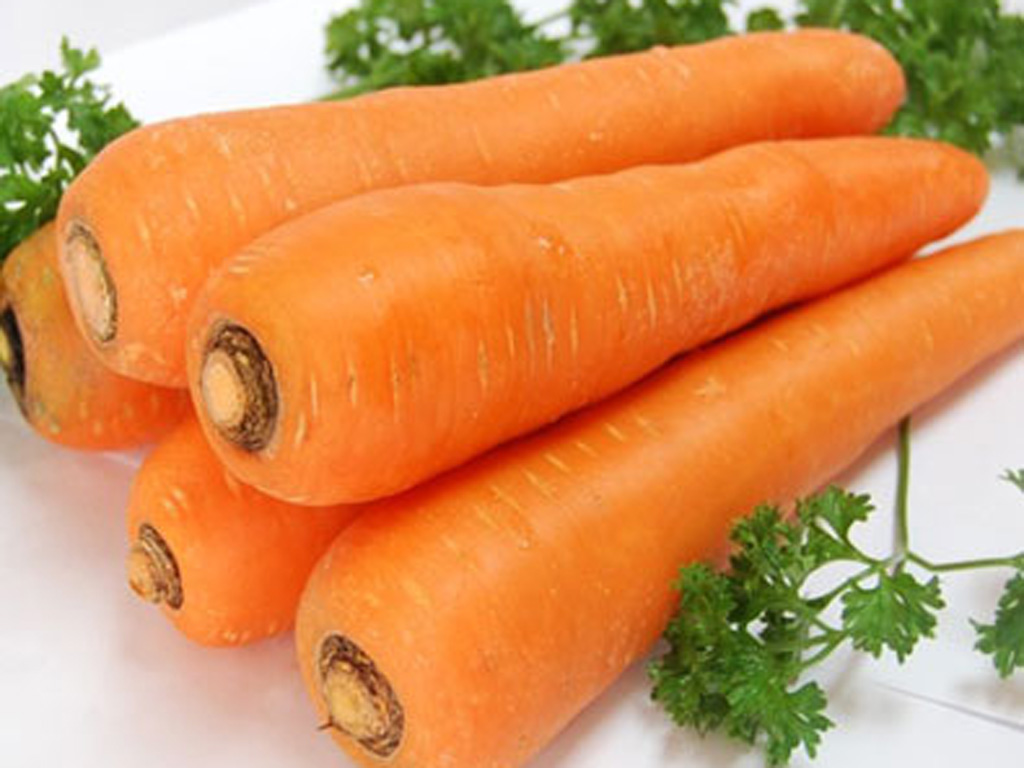Methods to Harvest Chives, In step with Gardening Consultants
Chives (Allium schoenoprasum) are easy-to-grow herbs that may add a shiny sprinkling of inexperienced to your yard and a delicate-yet-distinct type to any dish. These crops are a vibrant, year-round addition to your windowsill—merely harvest, chop, and sprinkle.
Really, whereas chives are an incredible plant for novice gardeners, it is best to know just a few factors prior to beginning a mannequin new crop. Correct proper right here, we spoke with specialists to determine one in all many best strategies to reap them, together with some options and techniques to maintain up this versatile herb thriving.
When to Harvest
“Most gardeners harvest chives after they attain about 6 inches extended and are nonetheless comfortable,” says Margaret Pickoff, a horticulture educator for the Penn State Extension in Bucks County. Pickoff, who gives schooling for inexperienced enterprise professionals, furthermore notes that older leaves usually tend to toughen over time.
Nonetheless, it’s not at all times regarding the stem, notes Joe Moussa, proprietor of Mosaic Dwelling & Yard Coronary coronary heart. Fully mature chive crops will produce a shiny purple flower that may very well be a shocking garnish to an array of dishes, together with hummus plates, dips, and spreads. “It merely offers that fairly, edible look to no matter you’re engaged on,” he says. However for people who plan to make the most of the flowers, don’t wait too extended: “Make sure to reap accurately prior to the plant begins producing seeds. In the intervening time, the flowers flip into harder.”
Methods to Harvest
Harvesting chives is easy. Moussa recommends utilizing sharp chopping sheers or gardening scissors, chopping the herb about 1.5 to 2 inches from the underside of the plant. “Generally, I begin with the outer leaves,” he offers.
Chives lend themselves to a cut-as-you-need mentality. Lower just a few to make the most of as a garnish, or harvest additional for people who’re planning to protect or dry them for later use.
“Do you must solely take just a few leaves at a time, you presumably can delay the harvest interval,” says Pickoff. As shortly as a result of the plant flowers, she offers, you presumably can lower the whole leaves as soon as extra to about 3 inches, which is able to encourage a flush new progress.
After You Harvest
Liudmila Chernetska/Getty Images
Chives are perennial crops, and with significantly care, they’ll return all through the following season. Do you must reside in a location the place it frosts, you normally have two choices: let the plant die off and await its return subsequent yr, or carry the chives inside.
Leaving Outdoor
Do you must plan on overwintering your chives open air, then Moussa recommends putting a masking over them. “For example, add solely a bit heavy mulch,” he says—considerably for people who reside in a Northern native local weather that is susceptible to exhausting frosts. Doing so might help them return yr after yr.
Watch out for dampening off, a plant illness launched on by soil-borne fungi that may set off seedlings to interrupt down and decay. In step with Detrick, good sanitation practices might help keep away from this consequence.
Bringing Indoors
You would possibly carry your chives indoors and place them in a heat, sunny spot at any time, nonetheless when it’s after the freeze, worry not—there’s nonetheless hope. “The best time to divide clumps planted open air is spring, however small clumps shall be dug up from the yard after a freeze and launched indoors for the winter,” says Susan Detrick, grasp yard coordinator for the Penn State Extension in Monroe and Pike County.
Everytime you carry the bulbs in, Detrick recommends cleansing them off and planting them in a sterilized pot with newest, indoor plant potting soil. Make sure you place drainage holes to restrict water-soaked roots. Forgo any fertilization efforts till the winter ends.
In case your chives don’t look as shiny and crisp as you hoped, don’t assume you’ve failed. “Newly planted bulbs would possibly want an adjustment interval and in no way look so good,” says Detrick. “Since there will not be as many sunlight hours via the winter, crops might exhibit dieback or legginess.”





:max_bytes(150000):strip_icc()/ms-winter-annuals-parsley-fec2eb12849949b5af49a7192b60d625.jpg?w=1200&resize=1200,0&ssl=1)
:max_bytes(150000):strip_icc()/GettyImages-1441694458-ec27fcaa72f74a60a0f2ec15fc6356f6.jpg?w=1200&resize=1200,0&ssl=1)